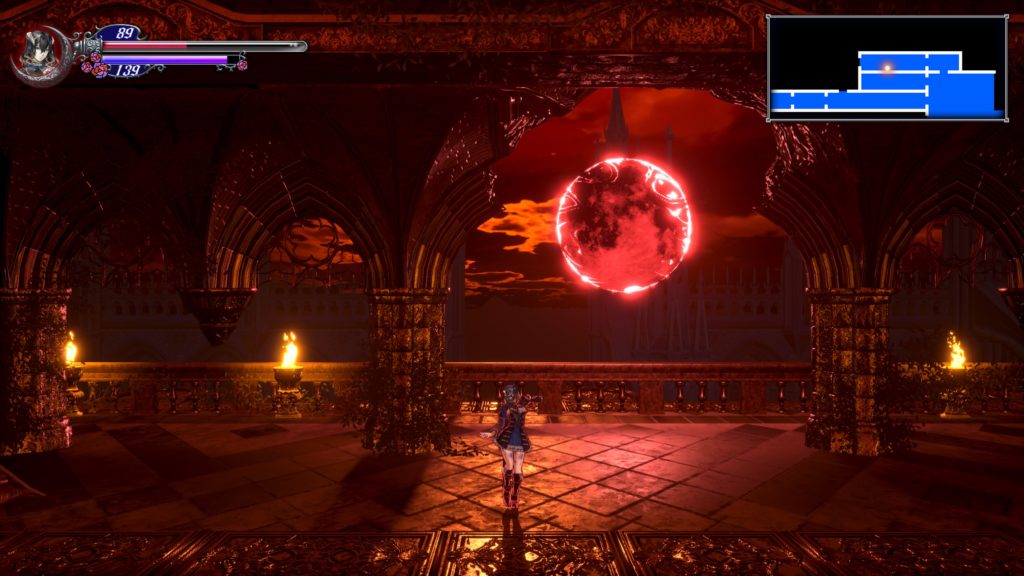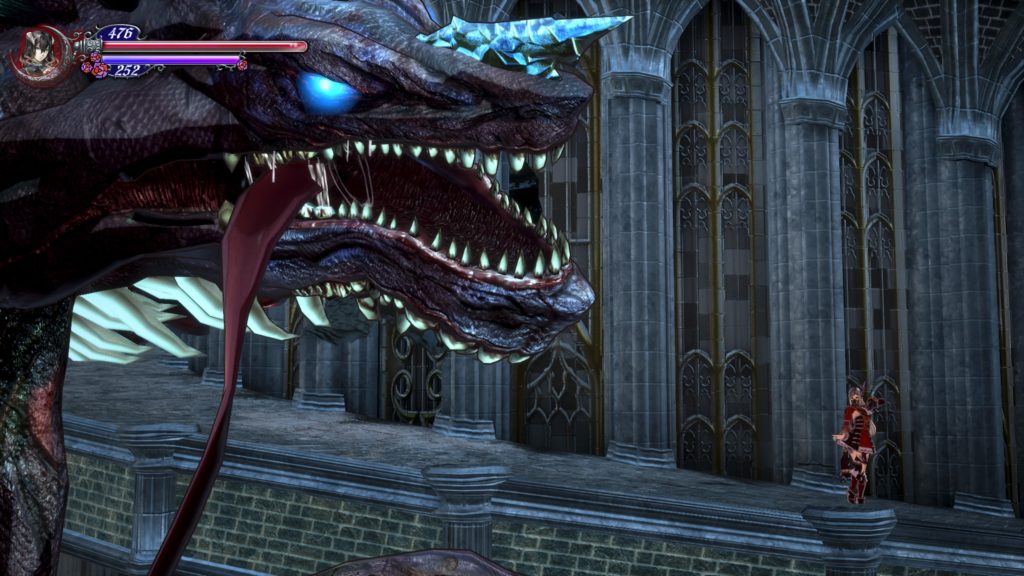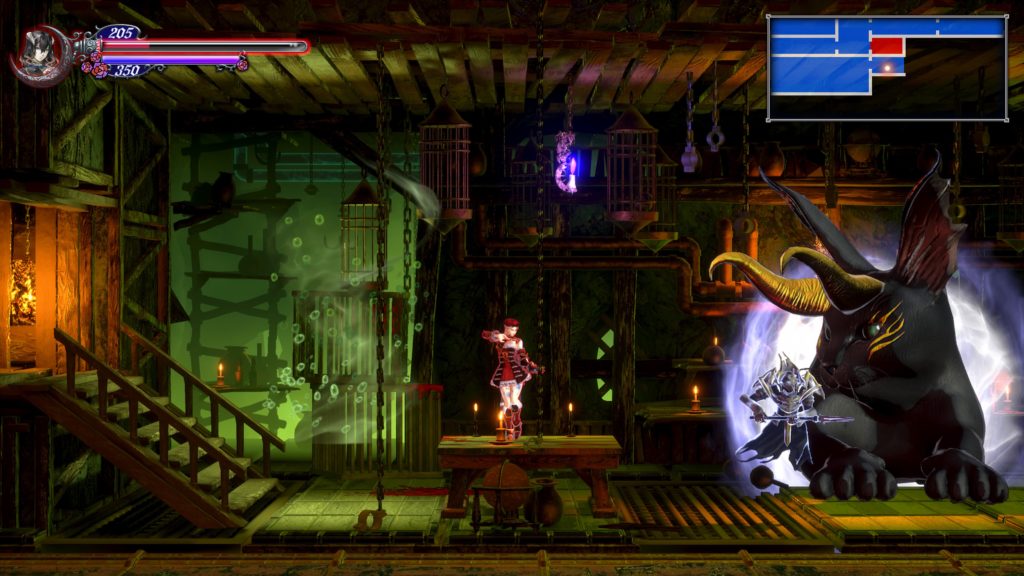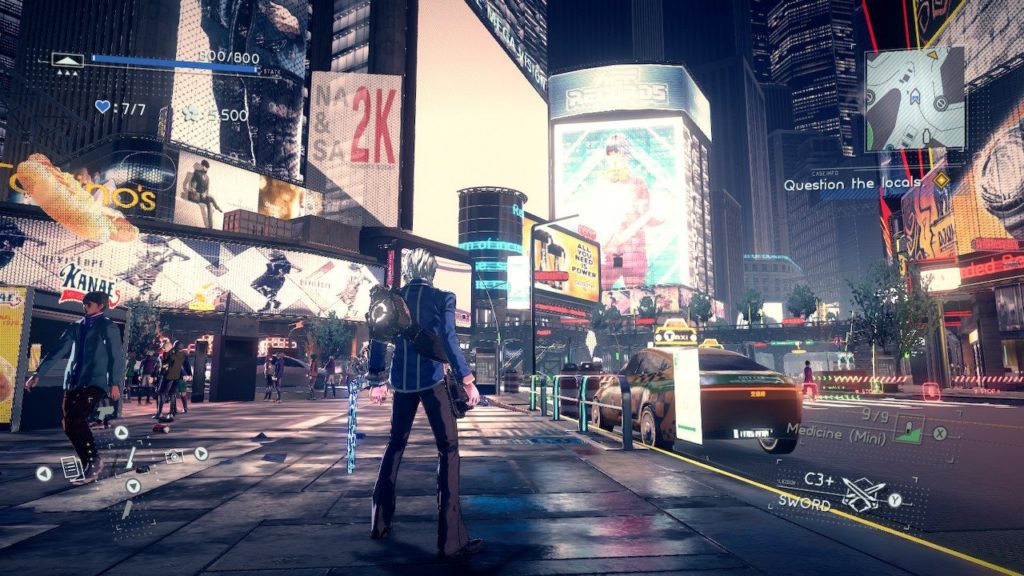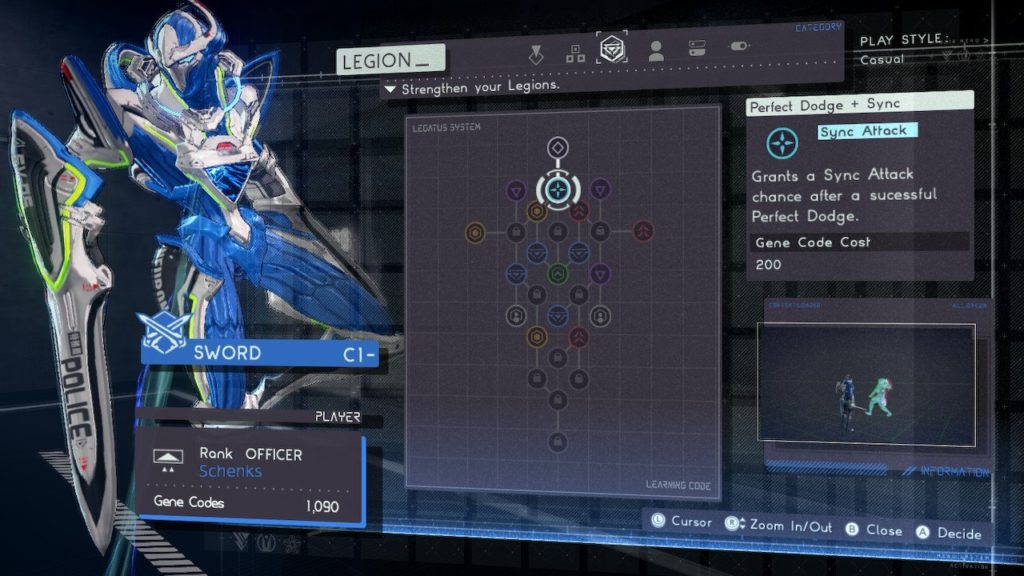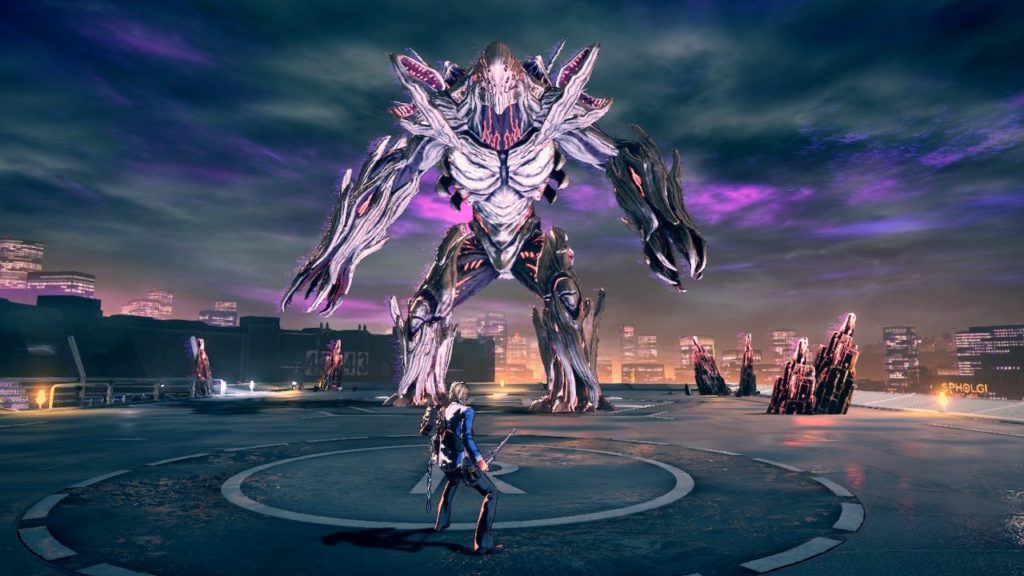- Genre: Action/Adventure
- Platform: Switch
Luigi’s Mansion 3 is where the gameplay of the series has really come together for me. The original had clever mechanics, but was a bit rough around the edges, particularly with respect to the grind of catching a high health ghost. Dark Moon went a bit more mission-based and improved the mechanics a lot, but ended up feeling like a grind. This one feels like it’s finally hit a nice middle ground, and in doing so has probably finally proven that going a bit off-base with Luigi was a good call.
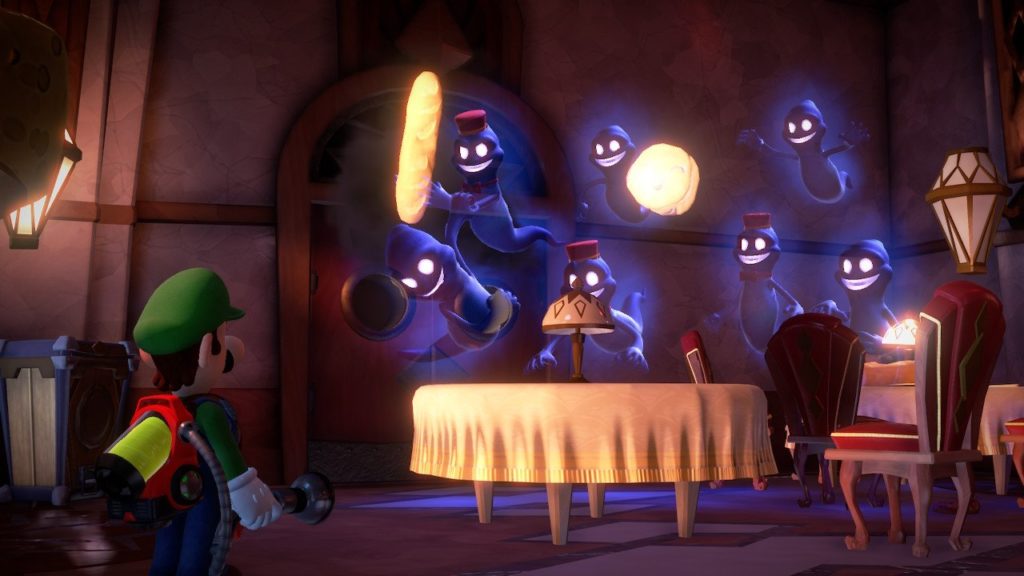
At its core, this one is still the Mansion gameplay that’s expected. You find ghosts, you zap them with your flashlight, and then you vacuum them up. That hasn’t really changed. However, there’s been a bunch of little additions that significantly improved the core experience. There’s a new sort of mini burst AoE move that can be used as a stun mechanic, and is occasionally used as a way to make certain ghosts able to be captured. There’s some good use of motion controls to make more precise vertical aiming much easier to pull off.
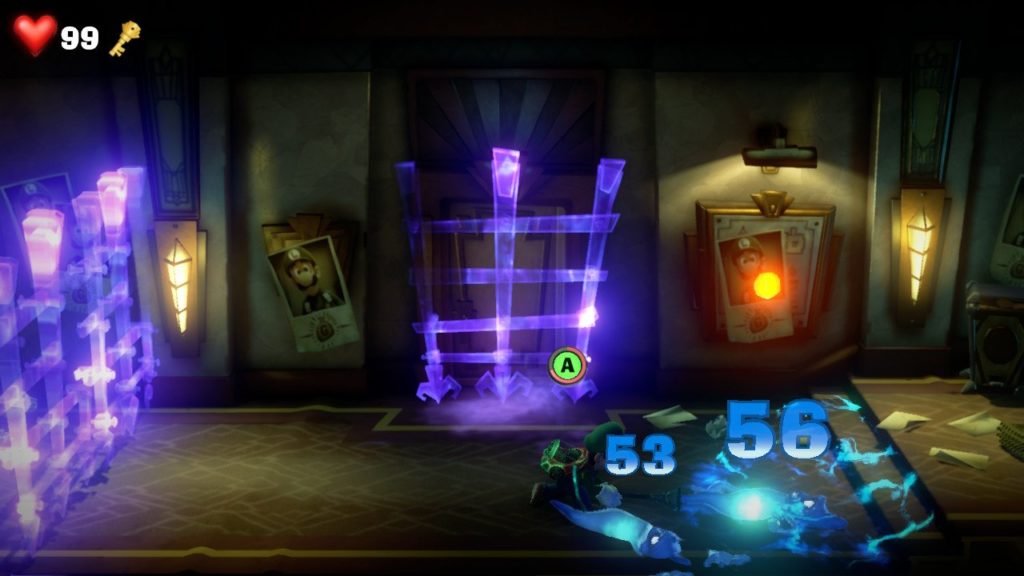
However, the most important change is the new slam attack. After having a ghost in the vacuum for a period of time (typically around 20 health), you can slam the ghost into the ground for 20 health damage. On its own this exists as a nice mechanic to more rapidly catch ghosts. However, it can also damage other ghosts, including ones that aren’t visible. This single added maneuver greatly increases the speed of capture in a general sense, eliminating a lot of grind. It also means that there are a lot of situations in which there are a TON of ghosts in the room, simply because there are now fun ways to clear a ton of ghosts all at once. It ends up being a huge boon to the fun of capturing ghosts that I wasn’t really expecting.
Despite this being listed as action/adventure, Luigi’s Mansion is really a puzzle game at heart, and there’s a bunch of cool new mechanics around that as well. The previously mentioned AoE burst can be used as a way to uncover hidden items. There’s also a new black light function of the flashlight that can cause hidden paths to appear. A plunger item has been added to the vacuum as a way to grab on and tear down blocked paths throughout the environment.
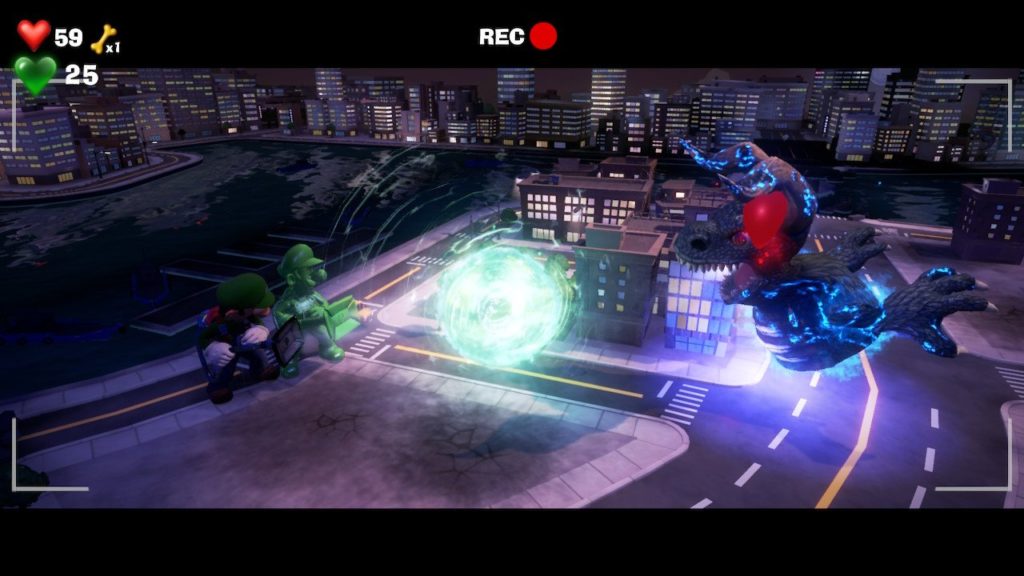
Again though, there’s one big important change that ties this all together – Gooigi. The hideous green goo clone of Luigi. At its core, this is simply a second Luigi, allowing for some interesting mechanics around two active vacuums (as well as a great built-in co-op mechanic). However, Gooigi can also slip through grates, fences, and more, allowing for the player to get to new areas that are simply blocked off to the more solidified Luigi body. In a lot of areas this plays heavily into the puzzle solving, with the player having to open paths and hold hatches for one or the other to traverse through the world. This also plays into a lot of the boss battles, where the player will be swapping heavily between the two to set traps for bosses that only one of the pair can get to at any time.
All of these tools together bring the puzzle element to a really high level, and it all works because of the changes to the overall game structure. While this is a “mansion” title, it takes place in a large hotel. Each floor has its own mini theme, and as long as you have the elevator button to the floor, you can go to it. In practice, this has a really fun cadence to completing the game – you get a floor button, go through and complete the core puzzle and boss sequence for the floor (typically around 30-40 minutes), then go on and explore a bit based on any new mechanics that you unlock. There’s always new things to find, whether it be Boos, gems, or simply more money, and there’s always a new floor on the horizon. It ends up giving the game a really good rhythm where you learn some new tricks, apply them in a strong floor, then go back and reinforce the learning by going back to old areas. It’s a rhythm that Nintendo and its second party developers have continued to show it does better than anyone in the industry, and it’s brought this game to a high point for the series.
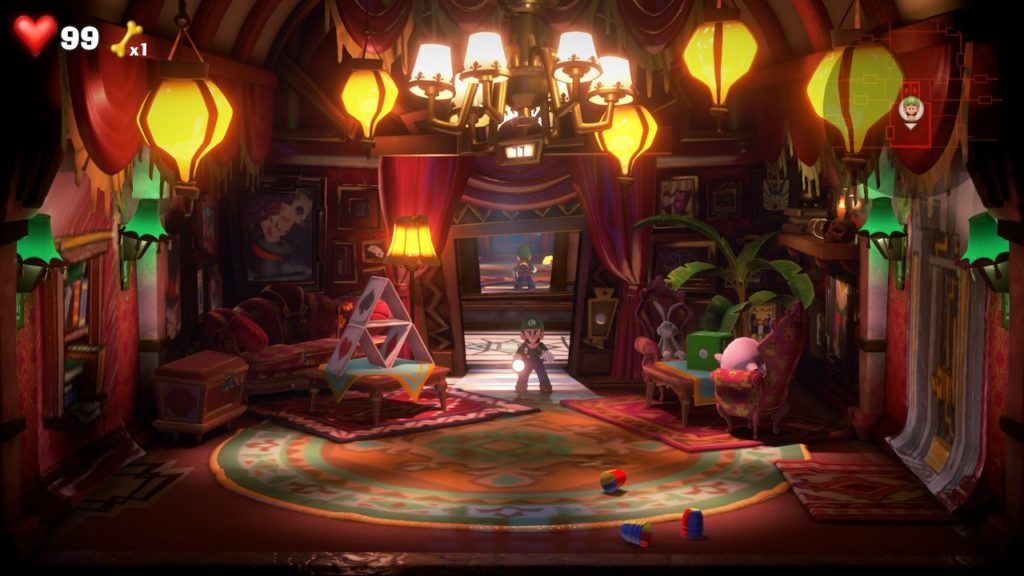
It would be as easy to dismiss this title as it was either of the previous games in the series. After all, these aren’t Mario games, and after Odyssey, there’s a lot to live up to. However, dismissing this as a second rate title would be a huge mistake. I’d argue that this title has shown as much improvement as we’d seen in past mainline Mario titles, and it can now easily stand on its own as something worth playing. There’s a ton of really fun puzzle solving to do, and it’s wrapped around a really fun core ghost/vacuum interaction to give moments of high action amongst the moments of heavy thinking. I totally get that folks wanting a pure action platformer aren’t going to want to get after this, but those looking for a bit of that typical Nintendo magic will find a lot to enjoy here.


